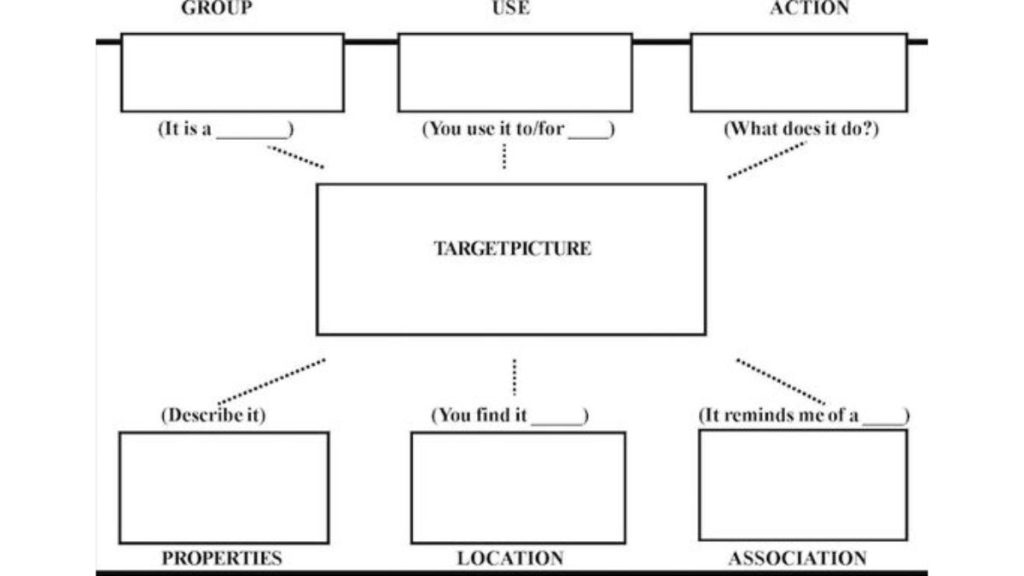Semantic Feature Analysis (SFA) is a potent approach in the fields of linguistics and cognitive psychology that helps to unravel the complex web of word meanings. This approach explores the semantic structure of words in great detail, providing insights that are useful for communication, language understanding, and even artificial intelligence. We will go into great detail about Semantic Feature Analysis in this post, looking at its applications, theories, and ways to improve language comprehension.
What is Semantic Feature Analysis?
Using a methodology called semantic feature analysis, one can analyze a word’s meaning by focusing on its unique characteristics. These are the fundamental qualities or traits that characterize the meaning of a word. SFA assists us in discovering the complex relationships between words and our understanding of them by dissecting words into its component parts.
The Components of Semantic Features
Semantic feature analysis (SFA) is based on the examination of semantic features, which can be broadly divided into three parts:
Class Features
The wide category or group that a word belongs to is known as its class characteristic. Consider the class qualities of the word “apple,” which could include “fruit,” “red,” “edible,” and “round.”
Distinctive Features
Distinctive traits are special qualities that distinguish a term from others in its category. Some distinguishing characteristics for “apple” could be “orchard-grown,” “juicy,” and “crunchy.”
Associative Features
Words with associative qualities are linked to similar ideas or experiences. With respect to “apple,” some association features could be “autumn,” “pie,” and “healthy snack.”
How Semantic Feature Analysis Works
SFA uses a methodical process to recognize and group these characteristics for specific words. Here’s a detailed explanation:
Select a Target Word
Select the term you wish to examine. As an example, consider the word “bicycle.”
Identify Class Features
Find the larger class or category that the word falls within. Class attributes for “bicycle” might include “two-wheeled,” “vehicle,” and “powered by human hands.”
Discover Distinctive Features
Find out what makes this word different from others in its class. When referring to a “bicycle,” distinguishing characteristics can be “handlebars,” “pedals,” and “chain-driven.
Explore Associative Features
Determine the terms, ideas, or situations that are closely related to the target word. When it comes to “bicycle,” association elements could include “cycling,” “exercise,” and “outdoor.”
Applications of Semantic Feature’s Analysis
Semantic Feature’s Analysis finds applications in various fields:
Linguistics
By analyzing the relationships and organization of words in our mental lexicon, linguists can better understand language’s structure and meaning through the application of SFA.
Education
In the classroom, SFA is used to help students—especially those with language-related learning disabilities—develop their vocabulary and improve their language comprehension.
Cognitive Psychology
SFA helps cognitive psychologists gain insight into memory and language issues by helping them understand how the human brain interprets and retains word meanings.
Natural Language Processing (NLP)
Semantic Feature’s Analysis is a vital component of artificial intelligence and natural language processing (NLP) systems that enhances machine translation and language comprehension.
Conclusion
Semantic feature analysis is an effective method for analyzing words by examining their class, distinctive, and associated aspects. There are numerous uses for this approach in the fields of linguistics, psychology, education, and artificial intelligence. Uncovering the mysteries of word meaning allows SFA to improve communication and our comprehension of language, which makes it a priceless tool in today’s information-driven society. Semantic Feature Analysis is a key that opens the door to a deeper understanding of the words that shape our environment, whether you’re a linguist trying to uncover the mysteries of language or an educator looking to improve your students’ language skills.
FAQs
What distinguishes Semantic Feature’s Analysis (SFA) from other language analysis methods?
In order to provide a more thorough knowledge of word semantics, Semantic Feature’s Analysis distinguishes itself by concentrating on the particular features—such as class, distinctive, and associative features—that comprise a word’s meaning.
How can SFA benefit educators in the classroom?
Teachers can use SFA to customize vocabulary courses so that students, particularly those with language-related learning difficulties, can understand words more efficiently.
Are there practical applications of SFA in everyday communication?
SFA improves communication indirectly by expanding our comprehension of language, which facilitates the expression of ideas and concepts even though it is not a direct communication instrument.
Can SFA improve machine translation and language understanding in AI systems?
Indeed, SFA is essential for improving machine translation and natural language processing (NLP), which helps artificial intelligence (AI) systems comprehend and produce human language more effectively.
Is SFA accessible for individuals not specialized in linguistics or psychology?
Of course! SFA is used by subject matter specialists for in-depth study, but anybody may use the fundamental concepts to improve communication skills and obtain a deeper comprehension of word meanings.







